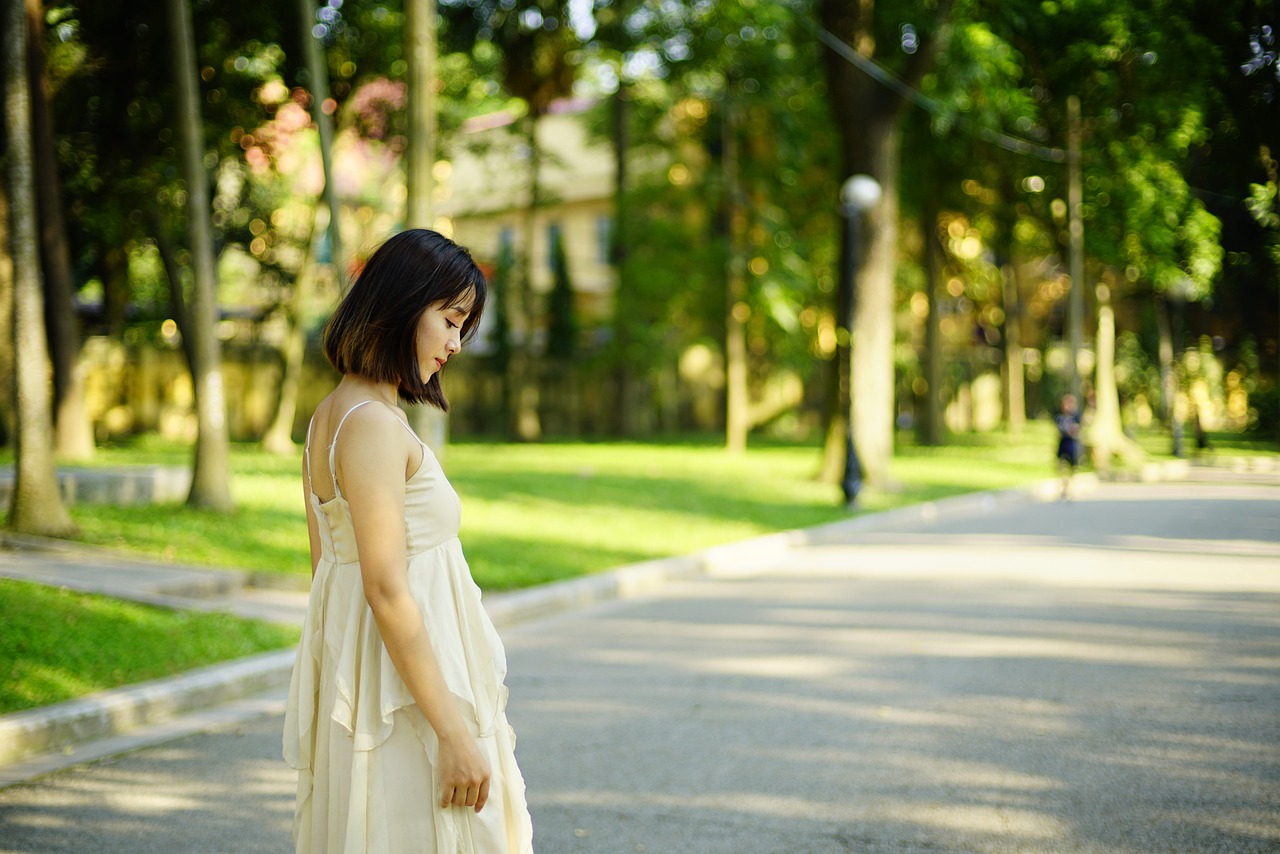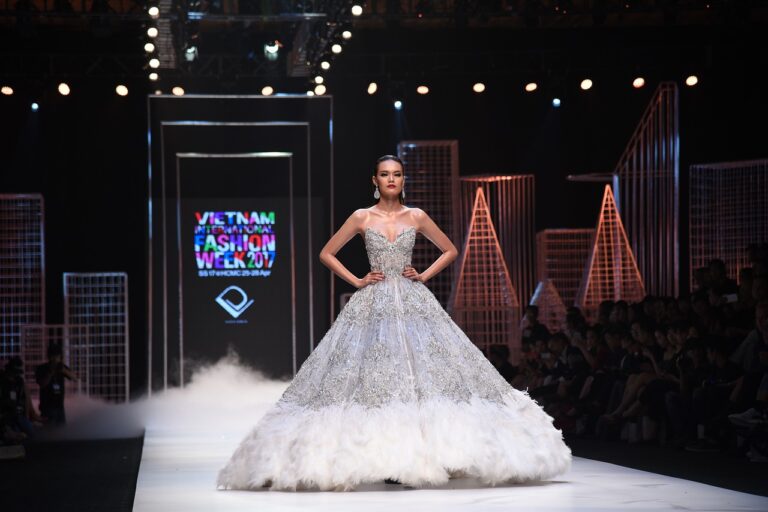Fashion and Sustainable Architecture: Green Design Principles in Fashion Spaces
Sustainable materials play a pivotal role in shaping the future of fashion spaces. From organic cotton and hemp to recycled polyester and Tencel, brands are increasingly incorporating eco-friendly fabrics into their collections. These materials not only help reduce the environmental impact of the fashion industry but also promote a more conscious approach to clothing production and consumption.
In addition to using sustainable materials, brands are also exploring innovative ways to upcycle and repurpose existing textiles. By diverting fabric waste from landfills and giving new life to old garments, fashion spaces are contributing to a circular economy model that prioritizes resourcefulness and waste reduction. This shift towards sustainability not only benefits the planet but also encourages consumers to make more informed choices about the clothes they wear.
Energy-Efficient Lighting and HVAC Systems
Maximizing energy efficiency in fashion store spaces is vital for reducing environmental impact and operational costs. By incorporating advanced lighting technologies such as LED fixtures and automated controls, retailers can significantly lower their energy consumption. Pairing this with an efficient HVAC system can further optimize energy usage by regulating heating, ventilation, and cooling based on real-time occupancy and temperature needs.
Implementing energy-efficient lighting and HVAC systems not only benefits the environment but also creates a more comfortable shopping experience for customers. By ensuring proper lighting levels and maintaining optimal temperature conditions, fashion stores can improve the overall ambiance and create a welcoming atmosphere. Striving for sustainability in all aspects of store design not only aligns with eco-conscious consumer values but also sets a positive example for the industry as a whole.
Biophilic Design Elements in Fashion Stores
Incorporating biophilic design elements into fashion stores has become an increasingly popular trend among retailers. By integrating natural elements such as plants, natural light, and organic materials into store design, fashion spaces can create a more welcoming and calming environment for customers. These elements not only enhance the aesthetic appeal of the store but also contribute to a sense of well-being and connection to nature for both shoppers and employees.
Research has shown that biophilic design elements can have a positive impact on customer experience and satisfaction levels. The presence of greenery and natural light can help reduce stress and anxiety, leading to a more enjoyable shopping experience. Furthermore, biophilic design has been linked to increased foot traffic and longer dwell times in retail spaces, suggesting that incorporating these elements can also have a positive impact on sales and customer engagement.
Incorporating natural elements such as plants, natural light, and organic materials can create a welcoming environment
Biophilic design elements contribute to a sense of well-being and connection to nature for customers and employees
Research shows that biophilic design can reduce stress and anxiety in shoppers, enhancing the overall shopping experience
Greenery and natural light have been linked to increased foot traffic and longer dwell times in retail spaces
The presence of biophilic design elements can positively impact sales and customer engagement in fashion stores
What are sustainable materials commonly used in fashion spaces?
Sustainable materials commonly used in fashion spaces include organic cotton, bamboo, hemp, recycled polyester, and Tencel.
How do energy-efficient lighting and HVAC systems benefit fashion stores?
Energy-efficient lighting and HVAC systems help reduce energy consumption, lower utility bills, and create a more comfortable shopping environment for customers.
What are some examples of biophilic design elements in fashion stores?
Biophilic design elements in fashion stores include living green walls, natural light, indoor plants, reclaimed wood fixtures, and nature-inspired patterns and colors.







